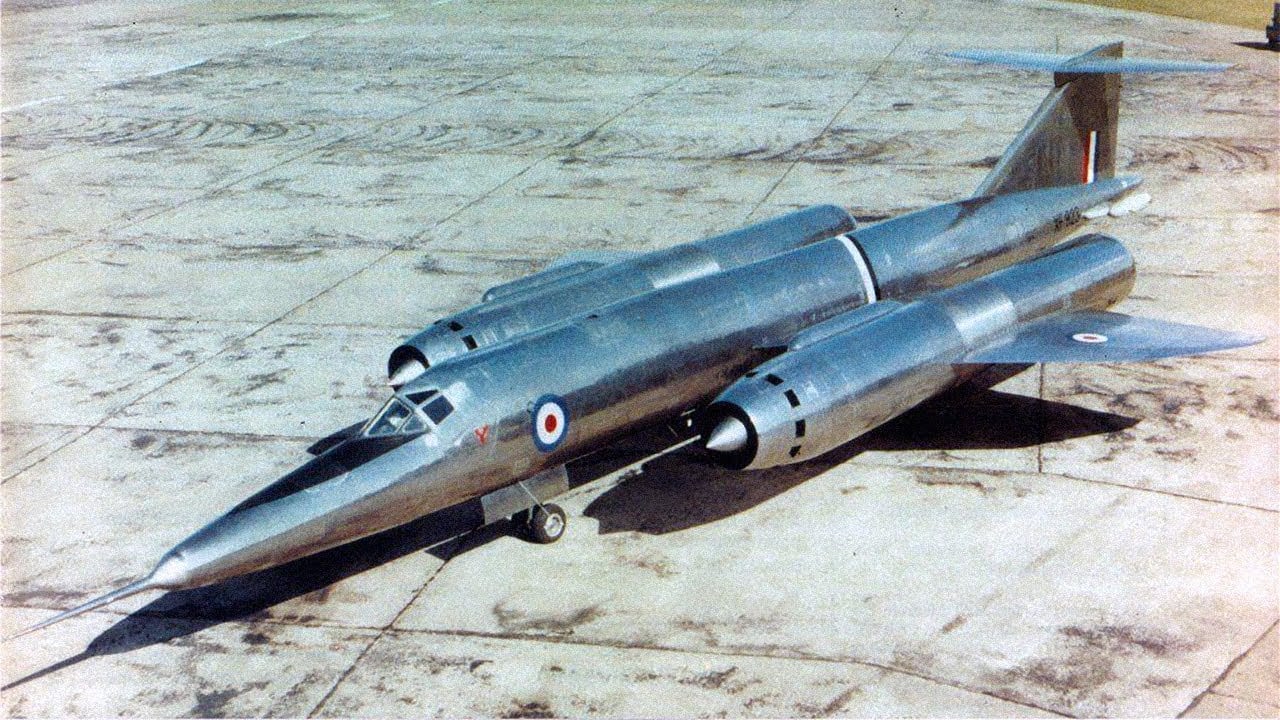The crash of a $13 million MQ-9 Reaper drone into the Mediterranean Sea underscores critical vulnerabilities in military drone operations. An investigation revealed that the incident was triggered by a failure of a crucial spiral lock ring within the gearbox, which caused the propeller to decouple mid-flight. This malfunction led to a rapid loss of engine torque, forcing the crew to declare an emergency and ultimately crash the drone into the sea after attempts to regain control failed. The inability to recover the drone has left investigators without definitive answers, although data logs indicated that the propeller's decoupling was the primary cause of the crash.
The implications of this incident extend beyond the loss of the drone itself; they highlight the need for rigorous maintenance protocols and design improvements in military UAVs. General Atomics, the manufacturer, noted that while recent changes to replace the spiral lock rings after 3,000 flight hours had reduced failure rates, the crashed Reaper was only halfway to its next scheduled maintenance. This raises concerns about the durability of components under operational stress and the potential for premature wear. As military operations increasingly rely on UAV technology, addressing these mechanical vulnerabilities is essential to ensure mission success and operational safety.









